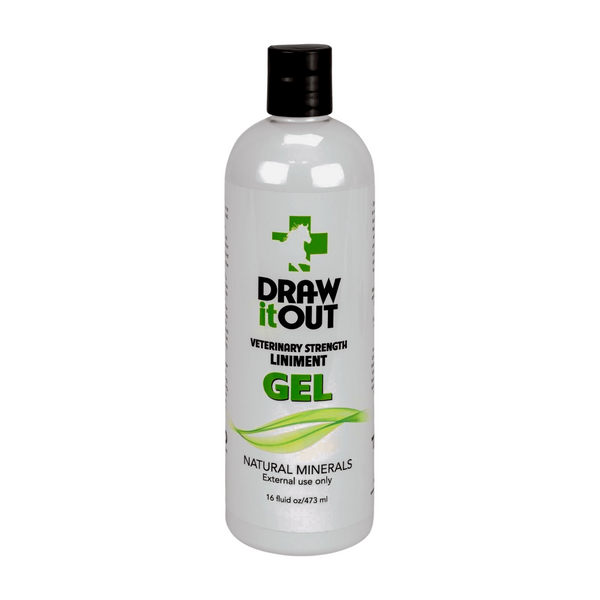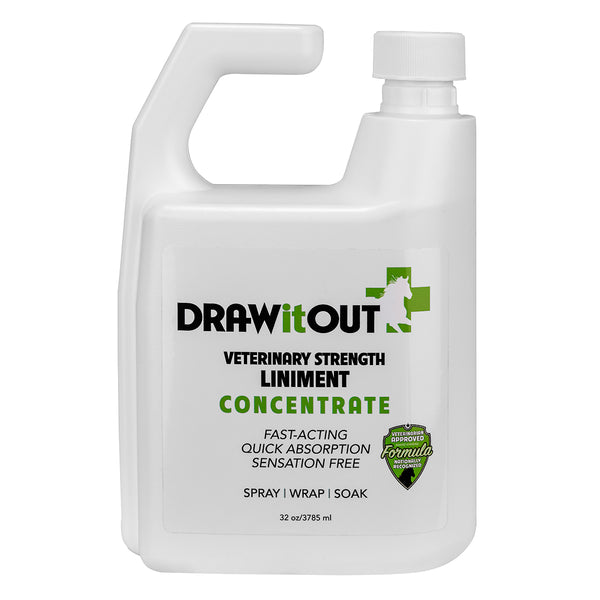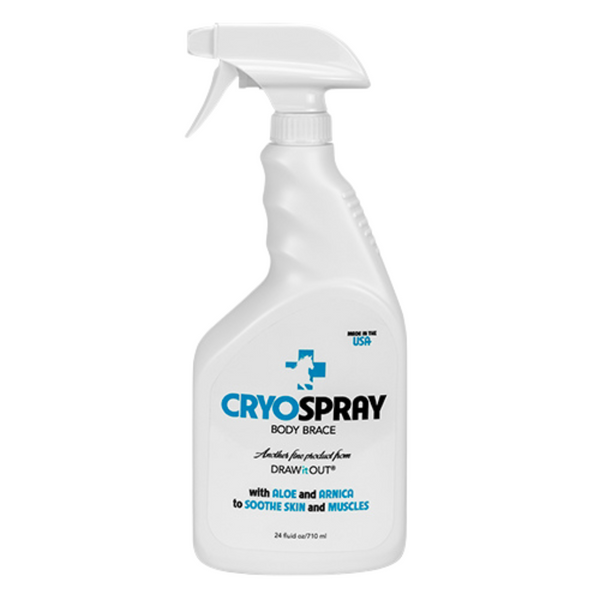Tack Up with Confidence – Preventing Saddle Soreness in Your Horse
Introduction: A properly fitted saddle and good riding habits are key to keeping your horse comfortable and performing at their best. But even with the best tack and careful riding, soreness can still sneak in. Whether you’re training for a competition or enjoying long trail rides, preventing saddle soreness is essential for your horse’s well-being and happiness.
Let’s dive into the top strategies for ensuring your horse stays comfortable under the saddle and free from soreness!
1. Check Your Saddle Fit
An ill-fitting saddle is one of the most common causes of back soreness. If the saddle is too tight, too wide, or unbalanced, it can create pressure points, rubs, and discomfort.
Signs of Poor Saddle Fit:
- ❌ White hairs or rubbed areas – Indicate excessive pressure on certain spots.
- ❌ Uneven sweat patterns – A properly fitted saddle should leave even sweat marks after a ride.
- ❌ Sensitivity when grooming – Flinching or tension when brushing the back can signal discomfort.
- ❌ Hollowing out or resistance under saddle – A sore horse may pin ears, buck, or refuse to move forward.
✔ Solution: Getting a professional saddle fitting can prevent these issues and ensure your horse is moving freely and comfortably.
2. Use Liniment to Ease Soreness
Even with the best saddle fit, your horse’s back still works hard. Liniment is a powerful tool to help prevent muscle tension and soreness.
- ✔ Pre-Ride: Applying Draw It Out® Liniment before saddling up warms up the muscles and improves circulation.
- ✔ Post-Ride: A gentle massage with liniment helps ease muscle fatigue and reduces inflammation, speeding up recovery.
- ✔ Daily Maintenance: Regular use of liniment keeps muscles relaxed and prevents stiffness before it starts.
💡 Pro Tip: Try adding liniment to a post-ride sponge bath for a refreshing full-body recovery boost!
3. Give Your Horse a Break
If you’re logging long hours in the saddle, your horse needs time to recover. Overuse can lead to muscle fatigue, soreness, and long-term damage.
- ✔ Mix up your riding routine – Rotate between schooling, light hacks, groundwork, and turnout.
- ✔ Shorten saddle time when needed – If your horse shows signs of soreness, give them a break from hard training.
- ✔ Watch for behavioral changes – A horse that suddenly refuses to move forward, pins their ears, or acts out under saddle might be trying to tell you they’re uncomfortable.
Giving your horse the occasional rest day can improve long-term performance and prevent soreness from becoming a chronic issue.
4. Choose the Right Saddle Pad
A quality saddle pad can dramatically improve comfort by absorbing impact and distributing pressure evenly.
- ✔ Look for cushioning & shock absorption: A good pad prevents pressure points and reduces friction.
- ✔ Choose breathable materials: Proper ventilation helps regulate heat and prevent excessive sweating, which can cause irritation.
- ✔ Ensure correct thickness: A pad that’s too thin won’t offer enough support, while one that’s too thick may alter saddle fit.
💡 Pro Tip: Regularly check your pad for wear and compression—an old, flattened pad won’t provide the protection your horse needs!
Saddle soreness doesn’t have to be a part of your horse’s routine! By ensuring a proper saddle fit, using high-quality liniments, incorporating recovery time, and choosing the right saddle pad, you can keep your equine partner comfortable and performing at their best.
💪 Make saddle comfort a priority and let Draw It Out® Liniment help keep your horse feeling fresh, strong, and ready for every ride! 🐎✨
Recommended Products for Tack Comfort
FAQs
What causes saddle soreness in horses?
Saddle soreness can result from poor saddle fit, overuse, lack of muscle conditioning, or improper tack padding.
Can liniment help prevent saddle soreness?
Yes! Draw It Out® Liniment improves circulation, relaxes muscles, and helps prevent inflammation that leads to soreness.
How often should I check my saddle fit?
It’s wise to check every few months or whenever your horse's body condition changes, especially during training or competition season.














